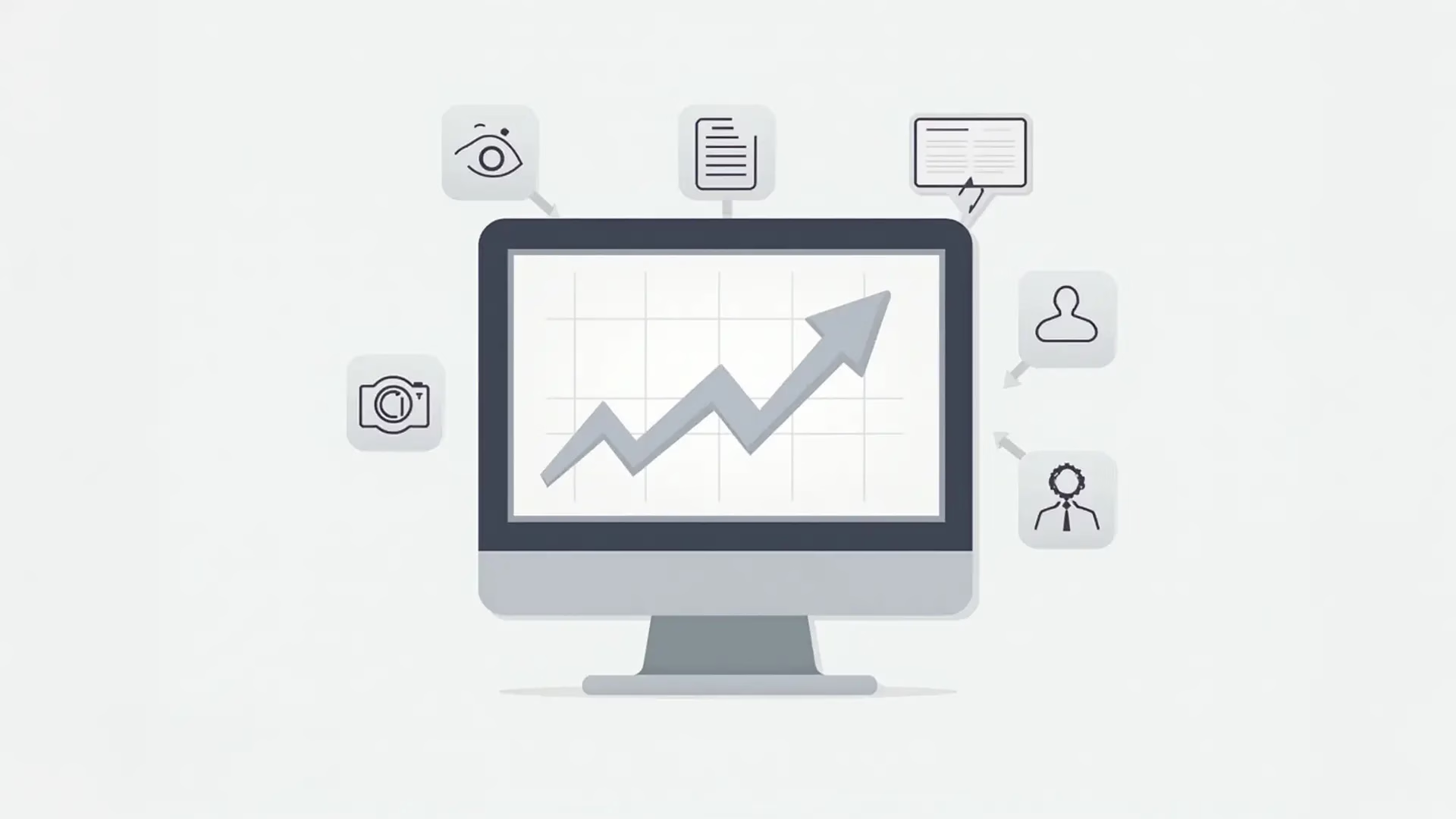Running a business involves numerous expenses, but understanding which costs are deductible can significantly reduce your taxable income and enhance your savings. Whether you’re a sole proprietor, partner, or own a corporation, being aware of these top 20 business deductions can help you make the most of your tax benefits. Here’s a comprehensive guide to common and popular business deductions that can improve your financial health.

1 – Office Supplies
Expenses for office supplies such as pens, paper, and printer cartridges are fully deductible. This includes all consumables necessary for daily operations, from notebooks to ink cartridges. To maximize this deduction, keep detailed records of your purchases throughout the year.
How to Track Office Supply Expenses
Maintain organized records using accounting software like QuickBooks or Excel spreadsheets to ensure you can accurately account for these expenses during tax season. You can also used cloud based storage drives and create folders to save receipts.
2 – Rent and Lease Payments
Rent for office space, warehouses, and equipment leases is deductible. This includes both long-term leases and short-term rentals. If you use part of your home exclusively for business, you may qualify for a home office deduction, which allows you to deduct a portion of your home expenses related to your business.
How to Document Rent and Lease Payments
Keep all lease agreements and payment receipts as part of your financial records. Provide this information to your accountant so they can make any necessary adjustments.
3 – Utilities
Business-related utility costs, including electricity, water, and internet, are deductible. These expenses are crucial for maintaining operations, so it’s important to keep detailed records of all utility bills.
How to Track Utility Expenses
Ensure you retain copies of all utility invoices and statements, categorizing them appropriately for easy access at tax time.
4 – Employee Salaries and Wages
Salaries, wages, bonuses, and commissions paid to employees are deductible. This also includes benefits such as health insurance, retirement contributions, and other fringe benefits. Proper documentation is essential for these payroll-related expenses.
How to Document Employee Expenses
Keep comprehensive records of payroll and benefits, including pay stubs, benefits statements, and related documentation. Your payroll provider should provide reports for such information, and downloading these for your records is recommended.
5 – Contractor Payments
Payments to independent contractors are deductible. You must issue Form 1099-NEC for payments totaling $600 or more in a year. This includes payments for services like consulting, freelance work, and subcontracting.
How to Manage Contractor Payments
Maintain records of all payments made to contractors and ensure you issue the necessary tax forms. Payments made via credit card do not need to be tracked as the contractor’s credit card company will report these payments on Form 1099-K.
6 – Travel Expenses
Expenses for business-related travel, including transportation, lodging, and meals, are deductible. Travel must be primarily for business purposes, and you should keep detailed records and receipts. Note that meals are typically deductible at 50% of the cost based on 2024 tax laws.
How to Track Travel Expenses
Keep a detailed travel log and retain all receipts for transportation, lodging, and meals. Ensure that you consult with your CPA or accountant to ensure your travel expenses are deductible, as some expenses may not fully qualify, such as first-class travel.

7 – Meals and Entertainment
While entertainment expenses are generally not deductible, business meals are. You typically can deduct 50% of the cost of meals directly related to business activities. Ensure to document the date, location, and business purpose of each meal.
How to Record Meal Expenses
Keep detailed records and receipts for all business-related meals to support your deduction. Keep entertainment expenses separate from meals as they are sometimes treated differently depending on the purpose of the entertainment.
8 – Professional Fees
Fees paid to professionals such as accountants, consultants, and attorneys are deductible in most cases. These expenses are considered ordinary and necessary for running your business and should be documented with invoices or contracts.
How to Document Professional Fees
Save invoices and contracts related to professional services for accurate reporting.
9 – Marketing and Advertising
Expenses for marketing and advertising, including website development, social media promotions, and print ads, are fully deductible. These costs are vital for attracting customers and building your brand.
How to Track Marketing Costs
Maintain records of all marketing and advertising expenses, including receipts and contracts. Make note of the amount spent on advertising compared to gross income. It is recommended that advertising be approximately 10% of the gross income.
10 – Insurance
Premiums for business insurance, including liability insurance, property insurance, and workers’ compensation insurance, are deductible. Insurance helps protect your business against various risks.
How to Document Insurance Expenses
Keep copies of insurance policies and payment records. Some insurance policies require payments upfront, while others require payments each month. These situations can change how your insurance is deducted.
11 – Depreciation
Depreciation allows you to deduct the cost of business assets over their useful life. This includes items like vehicles, machinery, and office equipment. The IRS provides specific guidelines for calculating depreciation, including the Modified Accelerated Cost Recovery System (MACRS). Bonus depreciation and Section 179 depreciation can help you expense 80% to 100% of property, but you should consult with your Digital Tax Group tax professional to ensure that these deductions are possible and best option for you when considering your specific circumstances.
How to Manage Depreciation
Maintain records of asset purchases and use IRS guidelines to calculate and document depreciation. There are also resources online to determine the depreciation over time for your reference.
12 – Home Office Deduction
If you use part of your home exclusively and regularly for business, you can claim a home office deduction. Choose between the simplified method, which allows a $5 per square foot deduction up to 300 square feet, or the actual expense method, where you deduct a percentage of your home expenses based on the portion used for business based on 2024 tax rules.
How to Claim the Deduction
Determine which method works best for you and keep detailed records of your home office expenses, such as mortgage interest, internet, utilities, supplies, etc.

13 – Business Supplies
Costs for business supplies, such as raw materials or inventory, are deductible. This includes items necessary for production or the delivery of your services.
How to Track Business Supplies
Keep detailed records of inventory purchases and usage to support your deductions. Ensure that the supplies purchased are solely for your business operations for them to be fully deductible.
14 – Training and Education
Expenses for employee training and education that improve skills directly related to business operations are deductible. This includes costs for seminars, workshops, and courses.
How to Document Training Costs
Save records of training programs, including invoices and course materials. Also keep records of the date of payments made as this may affect when your expenses are deductible.
15 – Interest on Business Loans
Interest paid on loans taken out for business purposes is deductible. This includes interest on loans for purchasing equipment, expanding operations, or other business needs.
How to Track Loan Interest
Keep detailed records of loan agreements and payment schedules. Some lenders provide an amortization schedule to more easily track these expenses. You may also ask your CPA or accountant to prepare an amortization schedule that will outline payment due dates and breakdown the principal and interest for each payment.

16 – Bad Debts
If you have accounts receivable that you have determined to be uncollectible, you can deduct these bad debts. This deduction applies to business debts and should be thoroughly documented.
How to Document Bad Debts
Maintain detailed records of the debts and any collection efforts made. Ensure that you review the IRS requirements on Allowance for Bad Debts to deduct these expenses accurately.
17 – Legal and Regulatory Fees
Fees for complying with legal and regulatory requirements, such as business licenses and permits, are deductible. These expenses are necessary to operate legally and avoid fines or penalties.
How to Document Legal Fees
Keep copies of licenses, permits, and payment receipts paid to local tax authorities. Some of these licenses and permits require you to place them prominently in your business location.
18 – Software and Subscriptions
Expenses for business-related software, including accounting software, project management tools, and industry-specific programs, are deductible. Subscriptions to industry magazines or journals are also deductible if they directly benefit your business.
How to Track Software and Subscription Costs
Maintain records of all software purchases and subscription fees, such as accounting platform costs, merchant subscription costs, etc.
19 – Vehicle Expenses
If you use a vehicle for business purposes, you can deduct related expenses. You will need to choose between the standard mileage rate or actual expenses like gas, maintenance, and insurance and should consult your Digital Tax Group tax professional for your best option when considering your specific circumstances. Keep detailed records of business mileage and expenses.
How to Document Vehicle Expenses
Keep a detailed mileage log and records of all vehicle-related expenses. Ensure that you also track your vehicle’s mileage. If you use your personal vehicle for business matters, the miles driven for business can be deducted.
20 – Employee Benefits
Costs related to employee benefits, such as health insurance premiums, retirement plan contributions (ie 401(k), and educational assistance, are deductible. These benefits are often crucial for attracting and retaining employees.
How to Document Employee Benefits
Maintain records of benefit payments and contributions. The most common Employee Benefits is health insurance coverage.

Conclusion
Understanding and utilizing these business deductions for small business owners can significantly impact your tax bill and enhance your financial health. Accurate record-keeping and documentation are essential for supporting your deductions and ensuring compliance with IRS regulations. Consulting with your Digital Tax Group tax professional can further help you navigate the complexities of business deductions and optimize your tax strategy. By leveraging these deductions, you can focus on growing your business while effectively managing your tax obligations.
Need personalized advice to maximize your business deductions? Contact us today and let our experts guide you through your tax-saving strategy.
Explore how our tax and accounting services can help streamline your financial processes and optimize your tax savings.
Get expert guidance from Ian Borbolla, the principal CPA at Digital Tax Group, and take your tax strategy to the next level.



